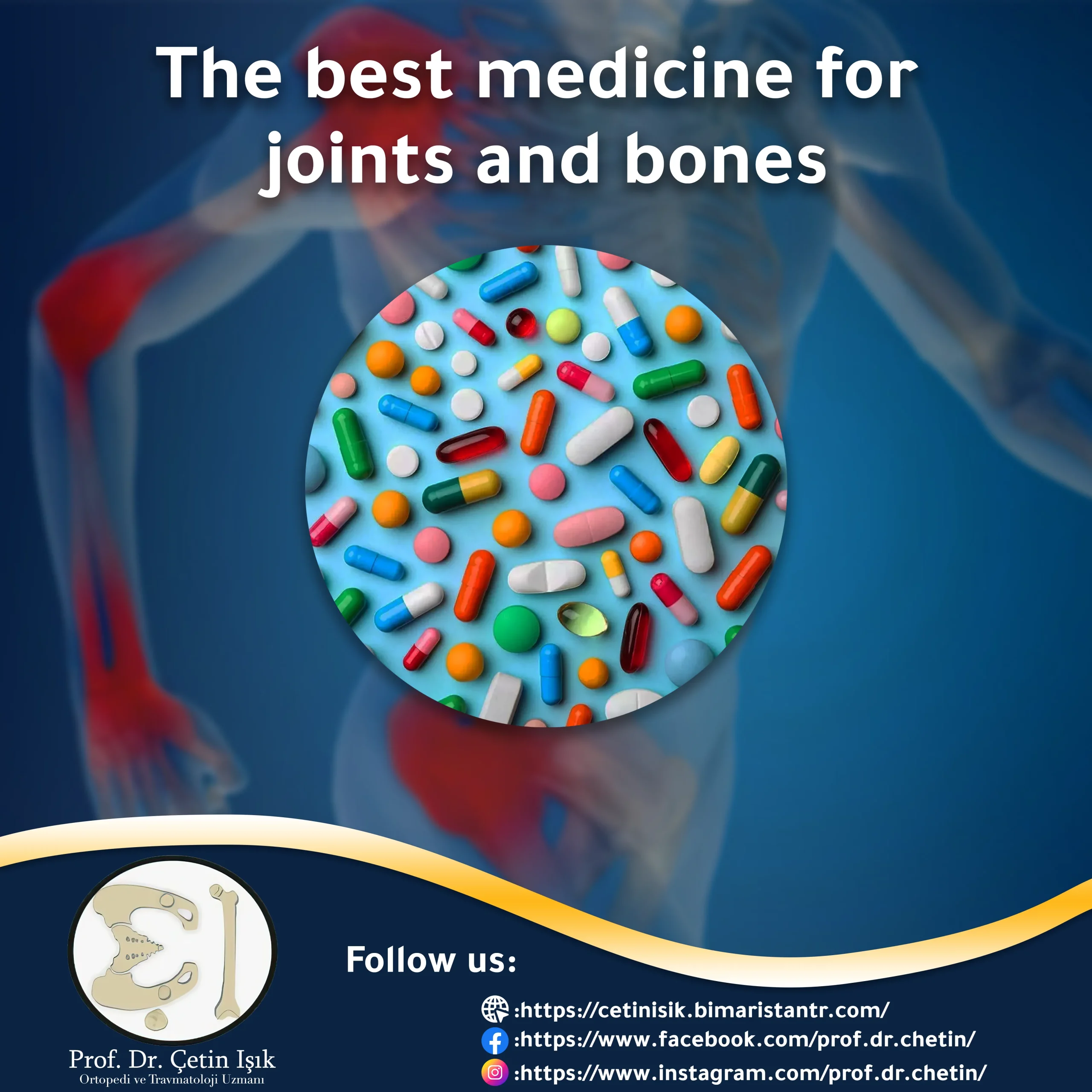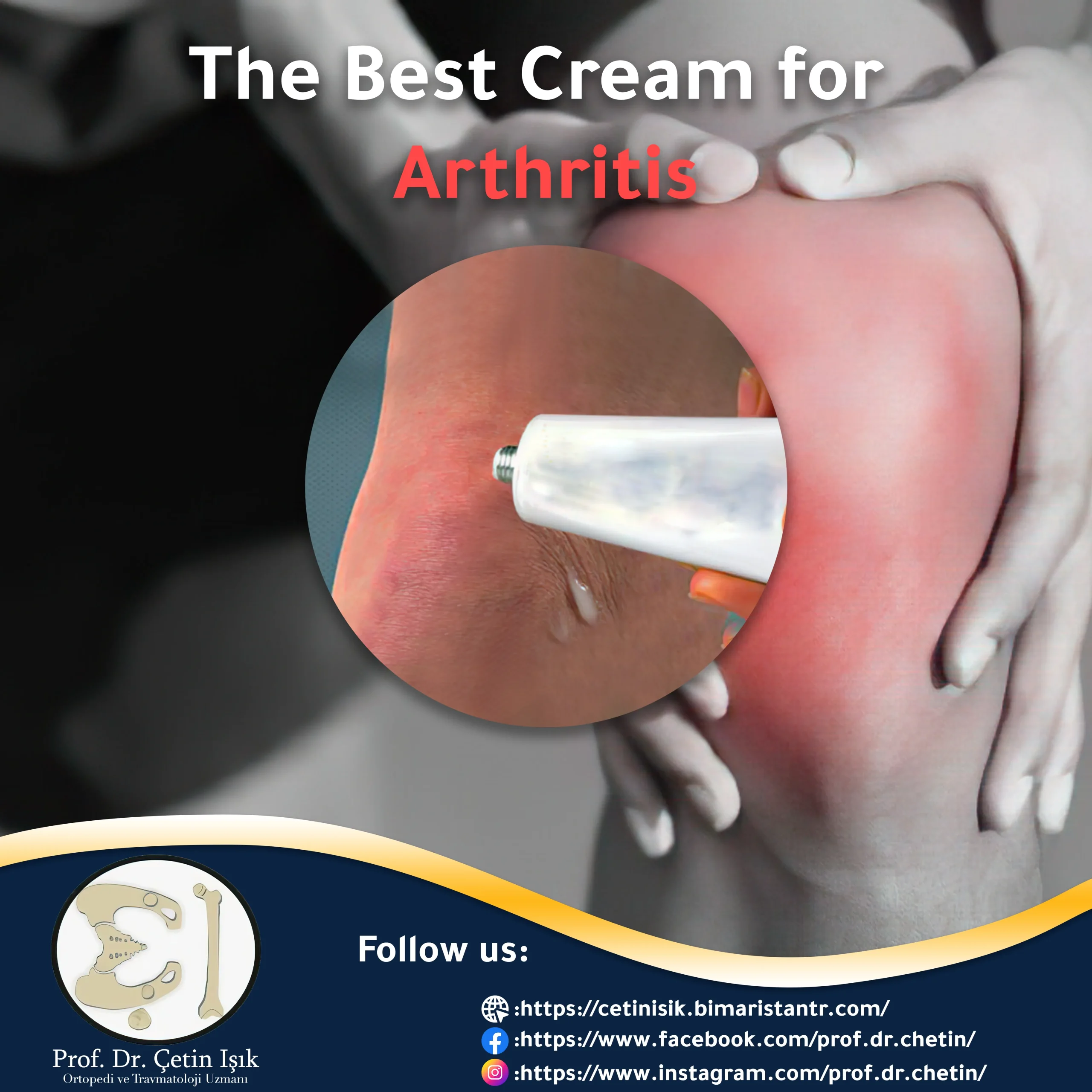The treatment of bone and joint pain with herbs is still controversial in the medical community, despite the existence of a good number of studies that have proven its effectiveness in relieving arthritis.
What is the treatment of bone and joint pain with herbs?
It is the use of herbs and their derivatives and some other parts of the plant such as the root, bark and seeds, which have anti-inflammatory properties to relieve pain resulting from joint and bone problems, allowing patients to continue their lives normally without a problem.
At the present time, complementary and alternative therapies are not part of the approved medical system, but the increase in the popularity of herbal therapies and the high demand for them globally has drawn the attention of the medical and academic community to the need to carry out the necessary research and studies to prove their effectiveness.
Over time, herbal-derived medicines have proven effective in treating bone and joint pain with herbs, and after reviewing many of them, they were included in academic medical practices and are no longer just herbal materials that help relieve pain and magically treat many diseases based on old folk stories and superstitions.
In our article today, we will learn about the natural herbs that have proven to be effective treatments for chronic pain suffered by patients with arthritis and osteoarthritis, and they are classified according to their natural form as follows:
- SeedsNuts, flaxseeds, chia seeds, hemp seeds, and borage seeds
- leaves: Herbs, Seaweed, Thunder Duck Vine, Aloe Vera, Green Tea and Eucalyptus
- the roots: ginger, turmeric, and chelate
- bark: willow bark, cinnamon
- fruitsLike hot peppers, olives and pineapples
- gumLike sawn frankincense
Although most people use these remedies on their own without seeking medical advice, it is important for a medical professional to have sufficient experience with herbs and to include them in his treatment protocols.
The 12 best herbs used in the treatment of bone and joint pain
With so many options available for use in treatment, and to avoid confusion, we have collected the top 12 herbs that have been used and recommended for bone and joint pain based on the latest academic studies and evidence-based therapeutic methods:
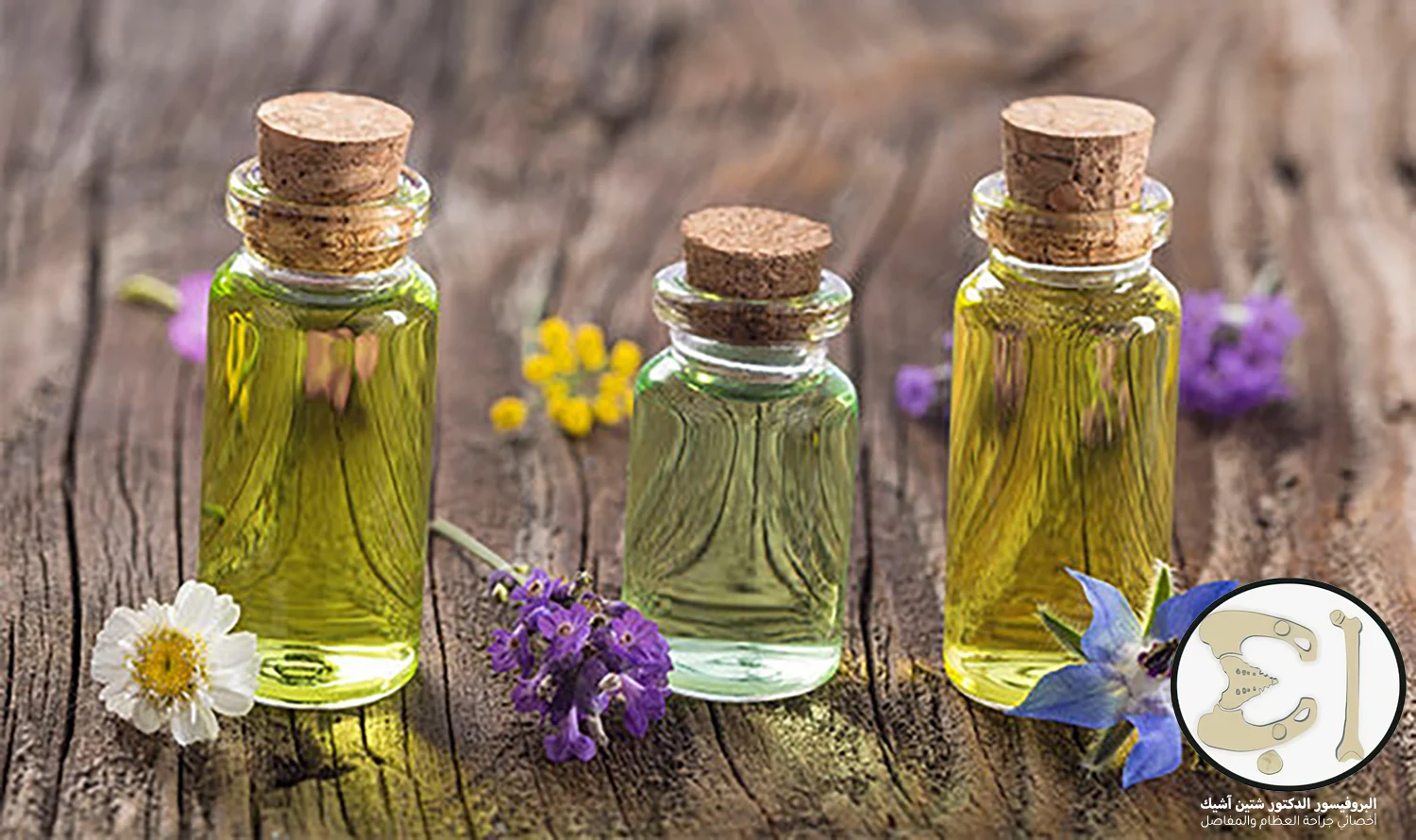
1. Willow bark
It is one of the most widely used sources of herbal medicine around the world, and there are many types of willow plants, such as white, black and violet willows, all of which contain a chemical called salicin, which is similar to aspirin in terms of composition.
As a result of the great similarity between aspirin and salicin, both are considered effective treatment methods that are used in:
- Back pain
- Osteoarthritis.
- flu
- fever
- muscle pain
Treatment of bone and joint pain with herbs with willow bark should be given with caution and under medical supervision, and it must be known if patients are taking other herbal treatments because they may interfere with each other and cause later problems.
The most important medications and herbal remedies to avoid with willow bark include:
- Antiplatelet and anticoagulantsIt is given to patients with heart and arteries, and taking other substances that do a similar job with it will lead to bleeding and bruising in the skin.
- Herbs containing substances similar to aspirinThe most important of which is salicylic acid found in the poplar plant and black hawthorn, as taking them together will lead to an increase in the incidence of side effects.
2. Aloe vera
Aloe vera is a plant of the type of tropical aloe vera. A gel-like substance called aloe vera gel is extracted from its leaves. It is used in creams and ointments. It contributes to the treatment of joint pain resulting from inflammation or injury. It is one of the most widely used herbs in alternative folk medicine. It is available in many forms such as pills, powders, and ointments. and stickers.
Aloe vera plant is also used to reduce the effects of burns, skin damage and arthritis as a result of its many therapeutic effects, as it:
- It has anti-inflammatory activity
- It does not cause gastrointestinal pain or serious side effects, unlike the drugs used to relieve joint pain
Aloe vera ointment can be applied topically to the place of pain to treat the condition temporarily, after which the appropriate measure is taken, or the aloe vera plant may be given orally to relieve pain resulting from osteoarthritis (inflammation of bones and joints).
Other than herbal treatment of bone and joint pain, the most common uses of aloe vera include:
- Acne Treatment
- Burn pain treatment
- Burning mouth syndrome treatment
- Diabetes treatment
Eating aloe vera gel to treat chronic pain, especially those that occur due to arthritis, bone problems and other non-cancerous pains, has proven effective in a British study Published in the European Journal of Immunology.
3. Chili
Hot peppers, especially chili peppers, contain a chemical compound called capsaicin, and it has several forms, some of which are used in self-defense sprays because they cause pain and burning in the eyes and skin sensitivity when sprayed on the face.
Of course, there are other forms of capsaicin, and the latter is used medically in treating bone and joint pain with herbs, in addition to treating digestive problems, cardiovascular diseases, and many other lesions in which commonly used medicines failed.
According to the US Food and Drug Administration (FDA), it is safe to use capsaicin as one of the sources of herbal treatment for bone and joint pain, as ointments were made from it used to relieve arthritis pain, and it has shown good effectiveness in relieving inflammation.
4. Turmeric
Indian saffron or curcumin is a well-known herb that originated in India and Southeast Asia, where the Chinese and Indian civilizations used it to treat joints, abdominal pain, digestive system and dermatitis.
Eating turmeric does not cause inconvenience to many patients, as it is well tolerated, but due to its low bioavailability, its effective dose must be gradually increased in order to achieve the desired results in treating bone and joint pain with herbs.
proven a British study It was published in the British Journal of Alternative Medicine that taking curcumin combined with frankincense for 12 weeks effectively reduced the pain of osteoarthritis and osteoarthritis.
5. Gingerbread
The use of ginger in the treatment of bone and joint pain with herbs and others goes back more than 2,500 years. Asian civilizations that were pioneers in herbal medicine knew its anti-inflammatory effects without understanding the mechanism of this effect.
Later, it was found that ginger has anti-oxidant, anti-inflammatory and anti-allergic properties, as it contains many substances such as:
- Vitamin C
- Vitamin B6
- Electrolytes of magnesium, potassium and copper
- gingerols, shogaols, and paradolls
These last components are responsible for the anti-inflammatory properties and their use in various treatments. Pain and inflammation are an integral part of some orthopedic diseases such as rheumatoid arthritis, osteoarthritis, inflammation and pain in the spine.
Experts recommend eating about 4 grams of ginger per day to treat bone and joint pain with herbs, as it is easy to digest and has many forms such as powder, solution, and oil. to consult a doctor about its use.
6. Cinnamon
Its effectiveness in treating bone and joint pain is similar to herbal turmeric, but it is not commonly used for this purpose. Most of the research involving cinnamon has focused on its therapeutic effect in relation to diabetes, cholesterol, and irritable bowel syndrome.
Cinnamon can also be used to treat:
- heart disease
- Alzheimer's
- AIDS
- Infection
- fumbling
7. Foods and nuts rich in omega-3
The human body needs fats moderately, and there are different types, including unsaturated fats that are liquid at room temperature, such as olive oil, and are useful and necessary in a healthy diet, including saturated fats that are solid at room temperature, such as ghee and butter, which are also important, but it is not recommended to overdo it. .
Among the unsaturated fats, there are omega-3 fatty acids that perform many functions, the most important of which is the inhibition of inflammation and inflammatory processes, especially those that occur in the joint when it suffers from rheumatism and roughness.
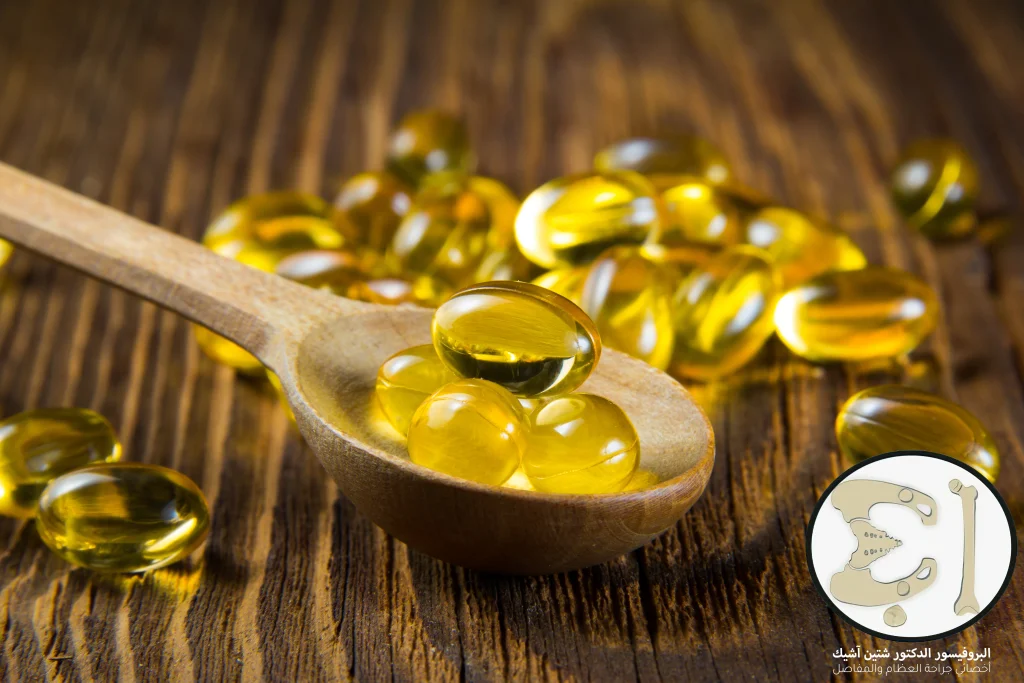
Foods containing omega-3 fatty acids include:
- Sardines
- salmon
- nut
- Linum seed
- soybean
- Chia seeds
proven Canadian study Efficacy of omega-3 fatty acids in the treatment of bone and joint pain as well as morning stiffness and arthritis, and the possibility of reducing the dose of non-steroidal anti-inflammatory drugs thanks to them.
Omega-3 fatty acids are not usually associated with side effects, but they may cause:
- Feeling bad taste in the mouth
- Headache
- heartburn
- Vertigo
8. Olive oil
According to the latest research conducted in the field of alternative medicine, it was found that olive oil contains a substance called oleocanthal, which is scientifically proven to have an anti-inflammatory and pain-relieving effect, and virgin olive oil contains higher concentrations of this substance in addition to containing phenolic compounds that perform a similar function.
proven Studies Also, the effectiveness of olive oil fat in treating rheumatic joint pain, where patients noticed an improvement in bone and joint pain afterwards, and a decrease in swelling and stiffness.
9. Borage oil
Borage is a flowering plant that grows in the Mediterranean basin and is used to treat bone and joint pain with herbs because it contains omega-6 fatty acids, which play an anti-inflammatory role and regulate the effectiveness of the immune system.
There are some factors that affect the effectiveness of this plant in treating bone and joint pain, including:
- the age
- some forms of nutritional deficiency
- Viral diseases
- some diseases
10. Vine Duke Thunder
This plant is very popular in China and is one of the basic herbs in Chinese herbal medicine. It has been shown to contain triplutide, an anti-inflammatory substance that is effective in relieving joint and other pain, which explains its widespread use.
It was later revealed that there are many disturbing side effects for treating pain with the plant, including:
- Impaired kidney function
- Menstrual disorder
- Decrease in male fertility
- Respiratory infections
- Rash
The use of Thunder Duke Vine gradually decreased in herbal medicine with time, and there are no studies that supported and proved that it is effective in treating bone and joint pain with herbs except Chinese study It has been shown that it may be used for a short time in relieving swollen joints affected by rheumatoid arthritis.
This plant is prepared to treat bone and joint pain in a special traditional way that requires high skill and wrong preparation may make the preparation very toxic and may lead to dangerous consequences.
11. Dog plant or devil's claw
The kelp plant is an herb found in South Africa and was used by ancient tribes there to treat many conditions such as malaria, pain and fever, as it contains chemical compounds that reduce swelling, which explains its use to treat bone and joint pain and various infections.
indicated Database The Natural Medicines Department of the US Department of Health indicates that the seeds of the kelp plant are of possible effectiveness for the treatment of the following conditions:
- Back painOral administration of chelate root showed acceptable results in relieving pain when compared to non-steroidal anti-inflammatory drugs (NSAIDs).
- Osteoarthritis.Chelate has increased the effectiveness of anti-inflammatory drugs, so some patients may resort to sharing them together.
It should be mentioned that the roots of the chelate plant are safe when taken for a period of up to 12 weeks, and the most common side effects of eating it include diarrhea, indigestion, and in rare cases skin sensitivity.
There is not enough information to support that ointments made from chela plant are effective in relieving joint pain, bone pain, and others, in addition to the fact that their skin effects are unknown.
12. Green tea
Green tea is very popular in Asia and the rest of the world and is characterized by its antioxidant content that contributes to reducing bone, joint and abdominal pain.
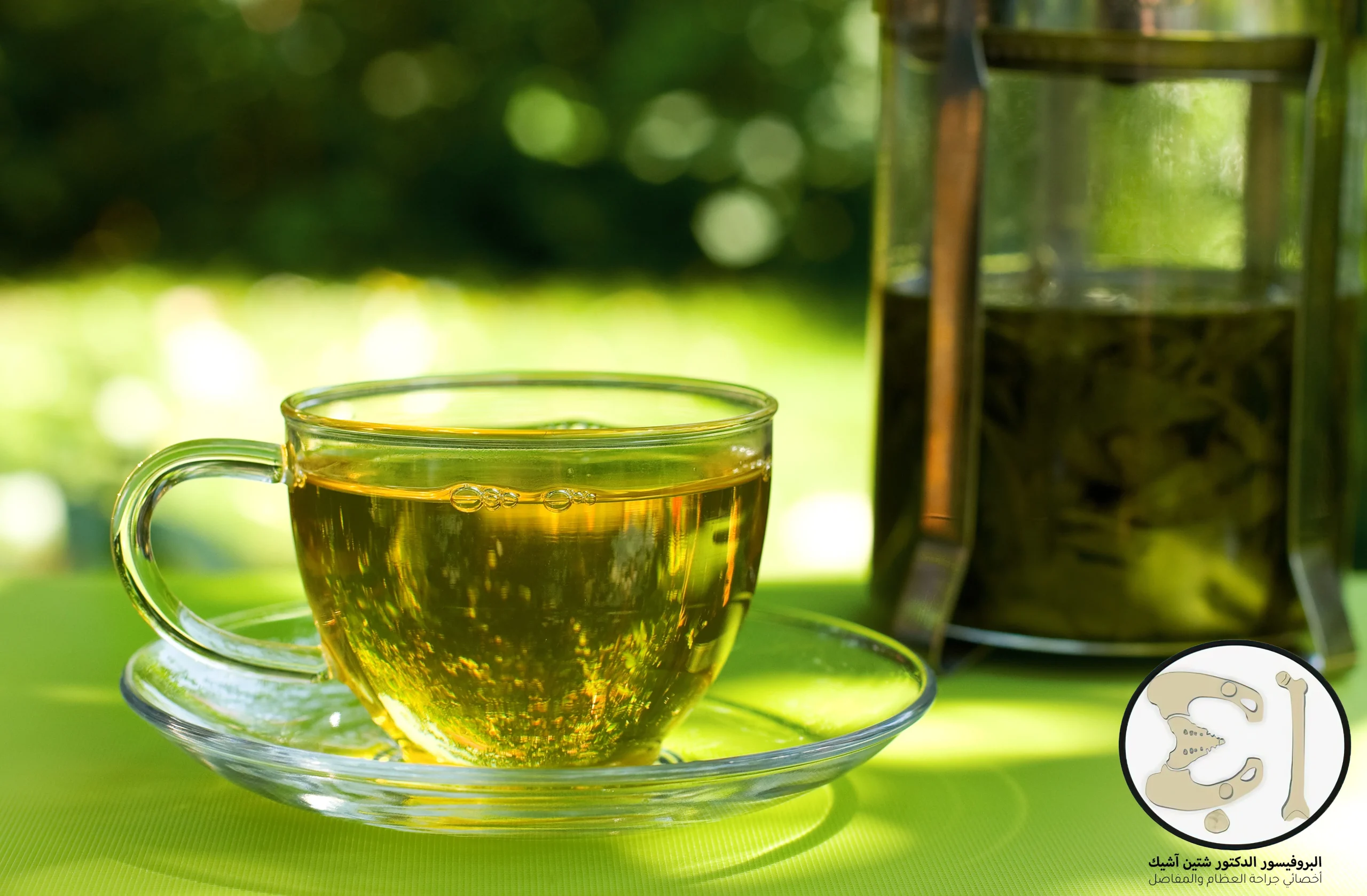
Green tea can be taken in several ways:
- as a drink
- As a powder (matcha) it can be sprinkled on foods and desserts
- As a dietary supplement
Green tea has received a large number of academic studies that have investigated its therapeutic effects, if any American study EGCG in green tea contributed to the protection of bone and joint cartilage from erosion due to rheumatoid arthritis.
She indicated Swedish study Drinking more than two cups of green tea a day helped prevent the long-term effects of rheumatoid arthritis, including pain and others.
Ways to use herbs to treat bone and joint pain
There are many methods that people use to treat bone and joint pain with herbs, and there are local and regional differences, but in general, the methods of using treatment can be summarized as:
- Pills and capsules: This method is characterized by the possibility of accurately determining and adjusting the dose, in addition to its ease of storage and handling, as patients who cannot swallow can dissolve the medicine in water and drink it.
- tea and infusion: Most herbal tea remedies require you to steep the dried herbal material for at least 15 minutes before drinking it.
- Creams and ointments: Bearing in mind that some ointments are suitable for external use only and may cause sensitivity and pain, especially capsaicin ointments.
- Cooking: Such as ginger and turmeric, whose absorption increases when used in a fatty meal containing olive oil, for example, but it is unlikely that patients will get sufficient amounts of the active substance in this way.
It is better to resort to treating bone and joint pain with herbs under medical supervision by experts in herbal medicine, because they estimate the appropriate herbs and dose them according to the patient’s need accurately.
must order Medical assistance Especially when dealing with herbs that have dangerous side effects like Thunder Duke's vine and even ones that seem completely safe like turmeric and cinnamon.
Effectiveness and results of treating bone and joint pain with herbs
Joint and bone pain is one of the most common problems encountered in orthopedic clinics, and herbal treatment provides an appropriate and inexpensive solution for many patients when compared to other means such as medicines andAnti-inflammatory injections and surgeries.
The issue of therapeutic efficacy varies greatly between herbs, but most Researches To the superiority of ginger and curcumin in relieving the pain of osteoarthritis and rheumatoid arthritis, while other plants such as chelate helped treat lower back pain.
Omega-3 fatty acids had the strongest effect in treating muscle and bone pain after exercise and strenuous work, while capsaicin ointments extracted from hot peppers significantly reduced pain resulting from joint injuries.
Side effects after treating bone and joint pain with herbs
Herbs and substances derived from them are not usually subject to legal control. The US Food and Drug Administration only recommends the consumption of appropriate amounts of these herbs without going into the details and techniques of herbal treatment and its risks.
The main concerns when using herbs in naturopathy are:
- Herbs can cause drug interactions and serious side effects if patients take medications with them.
- Some herbs are dangerous in and of themselves, and severe allergic reactions may occur due to ingestion.
- Herbal medicine is not regulated in most countries, not only in the United States, as most recipes are home-based and do not require a license.
- There are a lot of folk stories and myths about herbal remedies that do not have strong scientific evidence.
In general, the use of herbs to treat bone and joint pain may not be suitable for people who are going to undergo surgery because it may affect the effectiveness of anesthesia, and it is not recommended for adults in the elderly and children under five to resort to any herbal treatment without first consulting a doctor.
The most common side effects of herbal treatment for bone and joint pain include:
- Indigestion
- fumbling
- lethargy and drowsiness
- Cardiac arrhythmias
- Kidney insufficiency
- Fertility and menstrual problems
Sources:
- PubMed
- National Center for Complementary and Integrative Health
- Medline Plus
- Arthritis Organization
- The Journal of the International Association for the Study of Pain
Common questions
The aim of this treatment is to control symptoms. If there is a problem that requires special treatment, then medical advice should be sought and appropriate treatment applied.
There are many good options out there and turmeric should be considered first because it is so readily available and effective.
By exercising regularly and eating a balanced diet that contains sufficient amounts of beneficial oils and fats.
Adequate intake of vitamin K and D may help prevent joint problems and pain.



